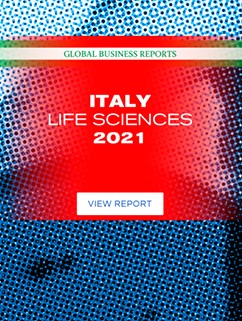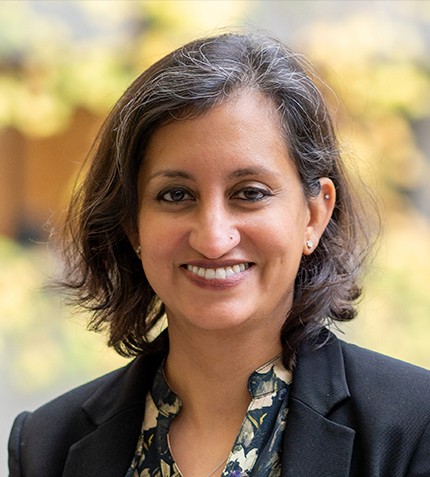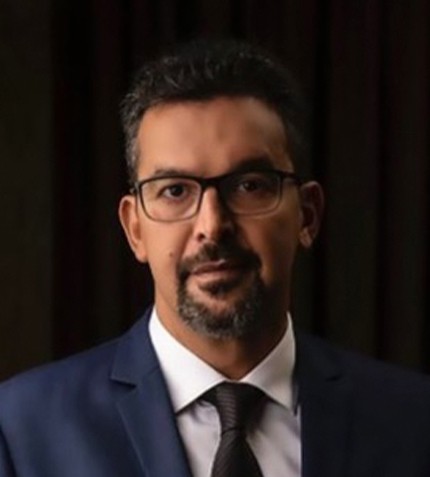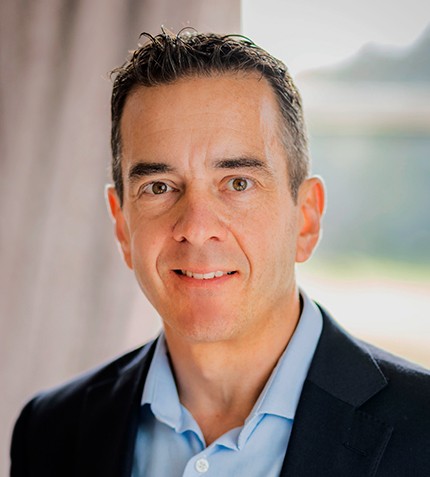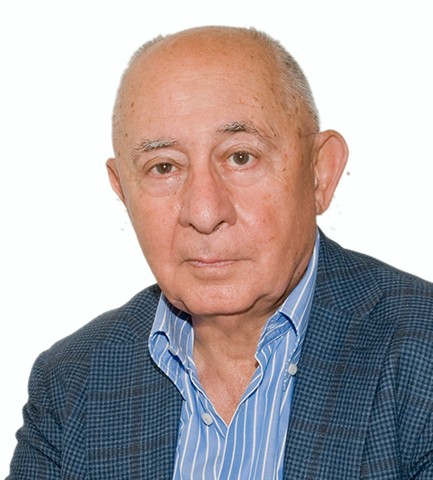
"Our plan is to start developing preventative dermatological products, as variations in climate are expected to cause increasing skin damage."
RELATED PUBLICATION
Roberto Ricatti
CEO, MAR-FARMA
Can you provide a brief overview of Mar-Farma?
Mar-Farma was one of the first companies to introduce food supplements in Italy 25 years ago. Today, our portfolio is made up of around 50 food supplements and around 10 medical devices, and we operate exclusively with our own proprietary formulations and trademarks. Our plan is to significantly grow our number of medical devices, which will imply great investments in trials and tests, but we believe this is the future of Mar-Farma Srl.
Can you give us some insight into your product portfolio?
Our product portfolio is essentially dedicated to the well-being of women and, more recently, children. Our core philosophy is based on offering food supplements for prevention rather than drugs for treatment. Gynaecological products are a large part of our business. For instance, we have developed highly effective anti haemorrhoids products for pregnant women without anaesthetics and cortisones, considering the negative effects of these components. We have also developed products to treat pre-menstrual symptoms (PMS), going beyond magnesium, which is commonly used. Additionally, we have products to cover all aspects of menopause, including flashes, psychological effects, and osteoporosis.
How important are international markets for Mar-Farma?
Our business model has a clear international orientation and today, international markets represent 80% of our sales. Specifically, the Middle East and Africa are our main focus areas. We are present in many countries where other Italian players do not venture to, such as Yemen, or in countries where companies do not sell their products due to political reasons, such as Iran. Mar-Farma’s priority is to take care of the wellbeing of people, independently of the political context. In particular, we believe Africa holds great growth potential.
We tend to develop products according to the needs and requests of specific markets, and then we distribute them to different countries, as countries have similar needs. Also, unlike many people, we are aware that the education level of doctors in many of our target markets is similar to that of Italy, which allows us to sell our products. For example, following the specific request of one country, we developed new products against muscle pain without using molecules such as Diclofenac. This is currently being distributed in 10 countries.
We are progressively shifting our international strategy, evolving from merely an export company to setting up operations locally, as we believe cooperation with local stakeholders is essential. For example, we are currently setting up operations in Algeria through local partnerships. Algeria is a central point in the Maghreb and the country can serve as a bridge to several African countries.
What is next on Mar-Farma’s agenda, and do you have a final message for our audience?
Our vision is to contribute to people’s well-being through natural products, which tend to have no counter indications, and to offer a boutique service specialized in food supplements and medical devices. Our future portfolio will depend greatly on the requests of each market, but our plan is to start developing preventative dermatological products, as variations in climate are expected to cause increasing skin damage. In addition, we are looking at new technology to disperse the active ingredients. For instance, we were the first company to use the sublingual spraying system for sleeping products targeted at adults and children. Now, we plan to develop a patch system for a better absorption of the actives of some of our medical devices.




